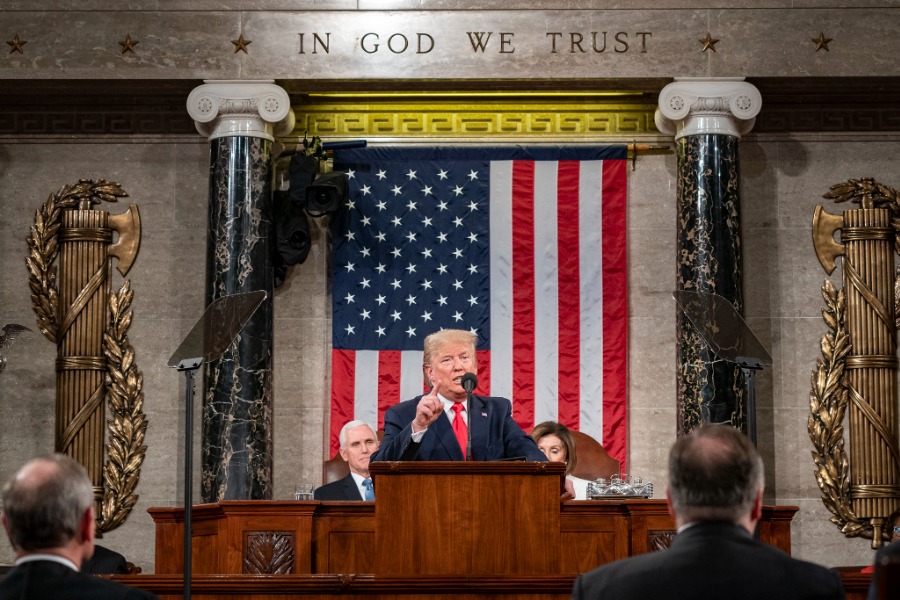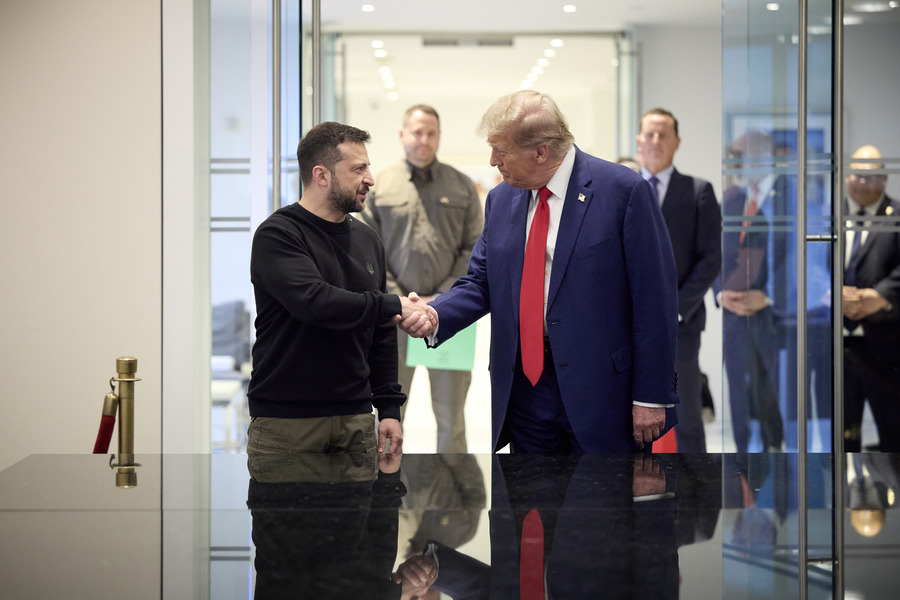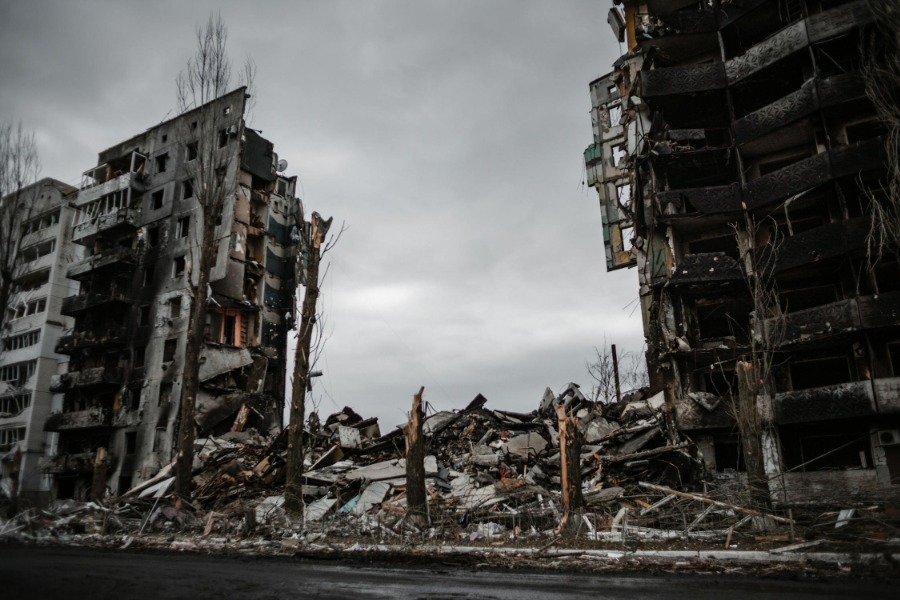ISIL's "Associated Forces" and the Scope of the Conflict
An article by Mark Mazzetti and Eric Schmitt in today's New York Times discusses a Pentagon plan for expanding/developing the global basing framework for counterterrorist activities, particularly those involving SOF and "intelligence operatives." This should not come as a surprise.
Published by The Lawfare Institute
in Cooperation With

An article by Mark Mazzetti and Eric Schmitt in today's New York Times discusses a Pentagon plan for expanding/developing the global basing framework for counterterrorist activities, particularly those involving SOF and "intelligence operatives." This should not come as a surprise. As noted here recently, it has long been clear that the "new normal" will involve an array of small-footprint "lily pads" from which intelligence collection, foreign internal defense, and direct action (airstrikes or otherwise) can be carried out against the evolving networks once associated with al Qaeda and now also associated with ISIS. This is, in my view, an extension and further institutionalization of the global CT mission first allocated to JSOC (and, in a different way, CIA's CTC) during the Bush Administration (see, e.g., Mark Mazzetti's own The Way of the Knife).
The article is interesting for more than just its affirmation of the institutionalization trend, however. It also provides insight into the internal debates the administration is now having, predictably, with respect to the organizational scope of the armed conflict with ISIS. The Bush and Obama administrations have long had to wrestle with the question of which al Qaeda-linked groups come within (i) the scope of the asserted armed conflict and (ii) the scope of the 2001 AUMF (note these two questions are often conflated, but don't logically have to be coextensive). I wrote an article about this challenge back in 2012, and it has not gotten easier since then to address the issue. Now, the Obama administration is wrestling with the same question in the ISIS setting. Mazzetti and Schmitt write:
The growth of the Islamic State’s franchises — at least eight militant groups have pledged loyalty to the network’s leaders so far — has forced a debate within the Obama administration about how to distinguish between the affiliates that pose the most immediate threat to the United States and Europe and others that are more regionally focused. The regional groups, some officials say, may have opportunistically adopted the Islamic State’s brand to bolster their local clout and global stature.
And:
American officials said intelligence was still murky on how the various affiliates are tied to Islamic State leadership, and some disagreements between spy agencies. For instance, American officials said that the intelligence agencies were generally unanimous in their view that the Islamic State affiliate in Libya and some of the other franchises had strong ties to the group’s leaders in the Islamic State’s self-declared caliphate in Syria and Iraq, and that they had a desire to carry out its agenda of attacking the West. But there is greater uncertainty about groups like Boko Haram, a Nigerian-based Islamic militancy responsible for years of destruction in north-central Africa. The group announced its allegiance to the Islamic State this year, but American officials have given conflicting statements about the strength of Boko Haram’s bonds to the Islamic State’s top leadership.
And finally:
One American intelligence official, speaking on condition of anonymity because he was discussing classified assessments about the various groups, said that the Islamic State “does not vet the new affiliates” with the same scrutiny that Al Qaeda does, and generally welcomes any opportunities to build its global brand. The affiliates, he said, are a mélange of different identities and agendas — and some might not be “completely subsumed” into the Islamic State. While he said that some groups were the result of active efforts by the Islamic State to expand its global presence, others like Boko Haram and the Islamic State branch in the Sinai Peninsula were products of local circumstances and were seeking to exploit the group’s resources and prominence. They are flying the Islamic State flag, he said, “in an attempt to elevate their cause.”
In light of all of this, we should now be asking as to ISIS (just as we have been asking for a long time as to al Qaeda) for greater clarity with respect to which particular "franchises" the administration believes to have crossed the threshold so as to come within the reach of the AUMF and the armed conflict model. Further elaboration of the precise factors relevant to defining that threshold would be nice as well (e.g., is it enough if a franchise is thought to be plotting attacks on any westerners in their region, or attacks on neighboring states? Enough to plan harm for American citizens in their region? Is it necessary that they plan out-of-area operations)?





